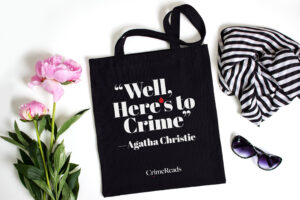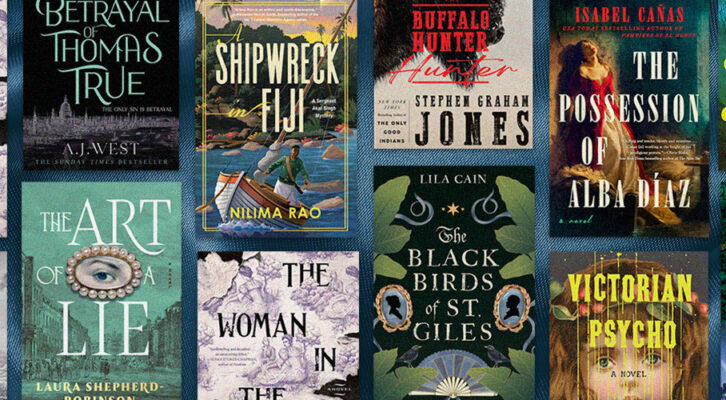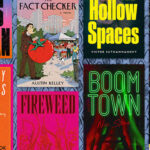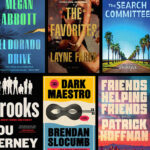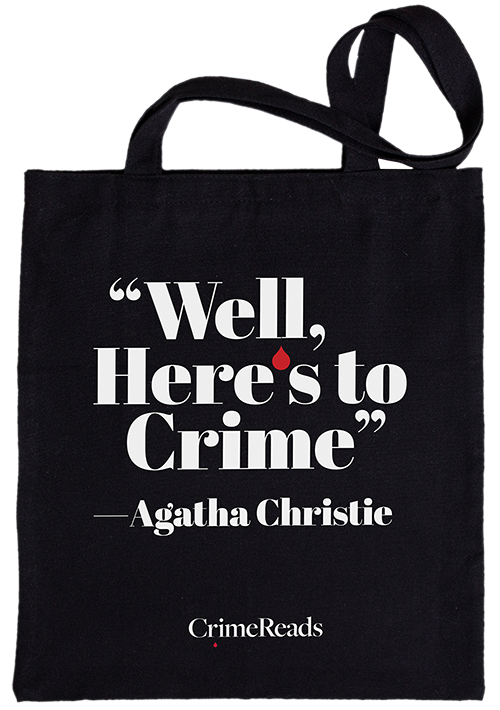There’s just something about Boston.
Growing up in a small Connecticut town, trips to the city were exciting. When I was in tenth grade, my dad and I went to a Red Sox game; we drove up I-91 north to I-84 east to the Massachusetts Turnpike (aka the “Mass Pike”), parked at the Riverside train stop, and rode the T into the city. I gazed out the window as we hurtled toward Fenway Park and daydreamed about what it must be like to live in a huge city like that—so different from my town, which didn’t even have sidewalks, let alone trains and tall apartment buildings.
Fast forward a few years and I was visiting my boyfriend (now my husband) at Northeastern University. We went to concerts at Club Passim, shopped at Tower Records, and wandered around Boston Commons. Years later, my sister moved to downtown Boston. When my son was a toddler, I brought him up to visit his aunt one summer; we picked her up from her office and watched him splash around happily for hours in a huge fountain downtown.
For me, thinking about Boston brings a pleasant kind of nostalgia. A montage of images runs through my brain: sixteen-year-old me at Fenway with my dad, me at age twenty walking around the city with Matt, me at thirty watching my son—now about to be a high school sophomore—pump his little legs as he ran and splashed.
For Maple, the protagonist of my novels, Boston holds very different associations. My books are set in the fictional Vermont town of Elderberry, where Maple and her husband, Bill, moved to escape from Boston and start fresh. In the first book, Death in the Details, readers learn that Maple was raised by a single mother who died young, having worked herself to the bone trying to support her two children. Maple’s brother, Jamie, was a dockworker who was often in trouble with the law and also met an untimely end. In the second book, Murder in Miniature (out 9/23 from Crooked Lane), a mysterious death in Elderberry leads Maple and sheriff’s deputy Kenny to investigate in the very neighborhood where Maple grew up—and swore she’d never return to. Ultimately, she must confront things about her past she had thought were buried forever.
For Maple and me, then, Boston means very different things; the duality inherent in Boston is fascinating, actually, and transcends the two of us. The chaotic nature of the city (have you ever tried to get from downtown onto the Mass Pike headed in the correct direction? Good luck with that) blends rich history like the Boston Tea Party with the cool, sleek modernity of the Prudential Center. Rabid Celtics and Red Sox fans coexist with the Boston Symphony Orchestra.
The duality inherent in crime stories pairs well with that of the city itself: bad guys and good guys, hope and despair, innocence and guilt. And those crime stories—oh, boy. They are as wide-ranging as the city itself. From Whitey Bulger’s organized crime to the Isabella Stewart Gardner Museum heist, there is no shortage of true crime tales. One that really kidnapped my imagination while I was writing Murder in Miniature is the Brinks robbery. Involving a team of robbers, a vulnerable armored car garage, and $2.7 million of loot, it was (in 1950, at least) the largest heist in American history. Due to the meticulous planning and sheer size of the haul, it was dubbed both “the perfect crime” and “the crime of the century.”
Notably, the thieves tied up the Brinks employees while they carried out their crime, but they didn’t kill anyone. The operation required an impressive amount of collaboration, cooperation, and coordination—and the perpetrators very nearly got away with it! I was fascinated to learn that during the six years investigators spent trying to identify and catch the thieves, many members of the public were actually rooting for the thieves who had made off with, among other things, thousands of people’s payroll money!
To me, that situation perfectly embodies the duality of both Boston itself and crime stories in general. The Brinks robbery served as inspiration for a similar crime in Murder in Miniature. Stephanie Schorow’s book Crime of the Century: How the Brink’s Robbers Stole Millions and the Hearts of Boston does a great job explaining the planning, execution, and aftermath of the Brinks robbery; it’s a source of fascinating information about this impressive crime and the persistent law enforcement officers who pursued the robbers.
Robert B. Parker, Tess Gerritsen, Chuck Hogan—all of them are part of a long tradition of authors who set their fictional tales in real-world Boston. William Landay is one of my contemporary favorites. The ending of his novel Defending Jacob shook me so hard I needed to debrief immediately. Luckily, several of my colleagues were reading it around the same time; I’m sure other people at work wondered why we were all huddled up talking in hushed tones. It’s the story of assistant district attorney Andy Barber, whose world is thrown into chaos when his fourteen-year-old son is charged with a classmate’s murder. As the story progresses, it becomes clear this case is anything but straightforward. Landay expertly builds tension that culminates in the explosive ending.
If you want to dive into Boston’s dark, gritty underbelly, then Dennis Lehane is the ultimate tour guide. Craving a story of childhood friends whose lives veer in drastically different directions—but remain intertwined—after one of them is kidnapped? Mystic River is the book for you. Want a chilling story about a prisoner who escapes from an asylum? Shutter Island’s got you covered. Many of his books feature the crime-solving duo of Patrick Kenzie and Angela Gennaro, so if you like to read multiple stories about the same detectives, Lehane offers that as well.
Though Boston means many different things to different people—both fictional and not—there are some things you can always count on. Red Sox fans sing “Sweet Caroline” in the 8th inning. The streets make no sense at all. And Boston’s crime stories are a mishmash of grit, violence, and nostalgia.
And luckily, in order to enjoy them you don’t have to take I-91 north to I-84 east to the Mass Pike.
All you have to do is crack open a book.
_________________________



